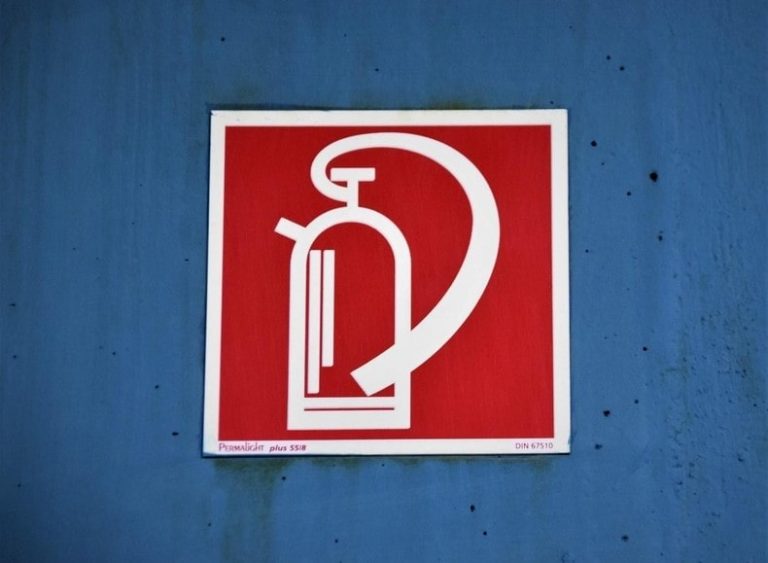How to Track the Results of Your Digital Business Card Campaign
Digital marketing is where every click, impression, and engagement holds the key to unlocking the success of your business. With the rise of the digital age, where virtual connections are the currency of growth, the humble business card has undergone a transformative evolution. It’s time to say goodbye to paper and welcome the mighty digital business card.
But is it worth shifting to digital business cards if we don’t know how to use their full potential?
Here’s the burning question among marketers and brands switching to digital cards: How can we truly measure the impact of our digital business card campaign? How do we know if our virtual introductions are making the right impressions and converting into valuable leads?

To answer those questions, we are here with this article to discuss how to track the results of your digital business card campaign. We’ll equip you with the knowledge and tools to monitor, analyze, and optimize your efforts, ensuring that every virtual handshake leads you close to your business goals.
So, get your pens and notepads ready because we’re about to reveal the secrets to boosting your digital presence, driving meaningful connections, and propelling your business crazy high!
Defining your objectives
You must first define your objectives. This is the first pivotal step in tracking the results of your digital business card campaign.
- Clear goals set a solid foundation for success in any marketing campaign. Hence, take your time to clearly articulate what you hope to achieve with your digital business card campaign. Are you seeking to boost brand recognition, generate high-quality leads, or cultivate deeper customer engagement? Once you define these goals, aligning your strategies and tactics is easy.
- Then you need to set the Key Performance Indicators (KPI) to identify the specific metrics that will provide meaningful insights into your campaign’s effectiveness. You can consider metrics such as website traffic, conversion rates, social media engagement, or email opt-ins.
- The goals you set should be SMART. By SMART, we mean — Specific, Measurable, Achievable, Relevant, and Time-bound. For example, a SMART goal could be increasing website traffic by 30% within three months through your digital business card campaign. This level of specificity and measurable outcomes allows you to track your progress, stay focused, and make necessary adjustments along the way.
Choosing tracking tools and technologies
Tracking the results of a marketing campaign is not child’s play. Getting accurate information requires much effort, knowledge, and the right tools.
Although a wide range of tracking tools and technologies are available in the market, each offering unique features and capabilities, it’s your duty to choose the ones most suitable for your needs. You can filter them by the ease of use, scalability, ability to integrate with existing systems, and cost.
Furthermore, you can prioritize the tools that provide real-time data and comprehensive reporting capabilities to facilitate informed decision-making.
Google Analytics, HubSpot, Adobe Analytics, and Salesforce are some of the popular tools that can help you measure the effectiveness of your digital business card campaigns. With the help of these tools, you can monitor key metrics such as website traffic, lead conversions, engagement rates, and customer interactions. Carefully evaluating and selecting the most suitable tracking tool helps optimize your campaign and drive meaningful results.
Implementing tracking mechanisms
After choosing tracking tools, it’s time to implement tracking mechanisms to evaluate the effectiveness of your digital business card campaign. To successfully monitor and analyze the results, it is recommended to integrate analytics platforms with your digital business card. This integration allows you to gather valuable data on user engagement, such as the number of views, clicks, and conversions.
Additionally, setting up conversion tracking for key actions and events lets you track specific actions users take, such as downloading a brochure or purchasing. This information provides insights into the success of your campaign and helps you optimize your strategy accordingly.
You can, furthermore, utilize unique URLs, QR codes, or tracking pixels for campaign attribution. These tools enable you to accurately attribute campaign success to specific marketing efforts by tracking the source of traffic and conversions.
By employing these tracking mechanisms, you gain a comprehensive understanding of the impact and ROI of your digital business card campaign, allowing you to make informed decisions for future improvements.
Tracking key metrics
There can be a large number of metrics that you can track in your digital business card campaign, but here are the top three metrics to start with:
- Monitoring website traffic and user behavior:
Most businesses want their customers to visit their websites when sharing their digital business cards. They could use a QR code or a direct URL for this purpose.
To track these metrics efficiently, you must analyze page views, bound rate, and time spent on the site to understand user engagement and the campaign’s effectiveness.
Track referral sources and traffic channels to identify which sources drive the most website visits. Because it is possible that your customer is not visiting the URL given on the digital card, they are first checking your Facebook Page, and from there, they visit your site.
- Evaluating engagement metrics:
Measuring the click-through rates (CTR) will tell you how many people click on the links in your digital business card.
Assess interactions and social shares to gauge your campaign’s level of interest and engagement.
- Assessing lead generation and conversion metrics:
If your digital card contains a form or any downloadable items, track them to measure the number of leads generated.
Calculate conversion rates and return on investment (ROI) to evaluate how good (or bad) the campaign is performing and converting leads into customers.
Analyzing and interpreting data
Once you have data, it’s time for its analysis and interpretation. By reviewing data obtained from various tracking tools and platforms, you gain valuable insights into the performance and impact of your campaign. This involves examining click-through rates, conversion rates, and engagement levels.
You can identify trends, patterns, and anomalies within the data through careful analysis. This information lets you make wise decisions and extract actionable insights to optimize your campaign.
Whether it’s adjusting targeting parameters, refining messaging strategies, or allocating resources more effectively, data analysis empowers you to make data-driven decisions that maximize the success of your digital business card campaign.
Optimizing your digital business card campaign
By adopting a data-driven approach, you sit on a chance to make informed adjustments that yield significant improvements. The data you analyze and interpret can be utilized to optimize your business card campaign.
For example, conducting A/B tests with different elements and variations, such as layouts, colors, and call-to-action buttons, enables you to identify the most impactful combinations.
With these insights, you can iterate and refine your campaign, continually striving for better results. This iterative process ensures that your digital business card campaign remains dynamic, adaptive, and capable of effectively capturing your target audience’s attention.
Reporting and communication
Defined the SMART goal? Done. Choose the right tracking tools and implement a tracking mechanism. Yes. Gathered the data and analyzed it? Done. Now what?
Now prepare a comprehensive report to present to stakeholders and ensure to include key metrics, such as the number of impressions, CTRs, etc.
This will provide a holistic view of the campaign’s performance and enable stakeholders to make decisions accordingly.
To present data clearly and visually appealingly, consider utilizing graphs, charts, and infographics. Visual representations can enhance understanding and engagement, making it easier for people to grasp the campaign’s impact at a glance.
Communication plays a vital role in reporting, and it is essential to effectively convey findings, challenges, and opportunities. Clearly articulate the successes and setbacks encountered during the campaign, providing insights into the reasons behind them.
Not to mention highlight potential opportunities for improvement or expansion, ensuring stakeholders are aware of the campaign’s potential for growth.
Continual monitoring and iteration
After everything is done successfully, keep continuous monitoring and iteration. Emphasizing ongoing monitoring and analysis allows you to gauge the effectiveness of your campaign in real time. And using feedback loops to refine and optimize the campaign ensures that you address shortcomings and capitalize on successful strategies.
Also, always be open to incorporating new trends and technologies to stay competitive. By continuously monitoring, iterating, and adapting, you can maximize the impact of your digital business card campaign and achieve optimal results.
Conclusion
When running a digital business card campaign, assessing its effectiveness and making informed decisions to optimize your marketing efforts is crucial.
The practices outlined in this article are helpful to successfully track the performance of your digital card.
With this knowledge, you can refine your campaign, target your audience more effectively, and achieve better results.






